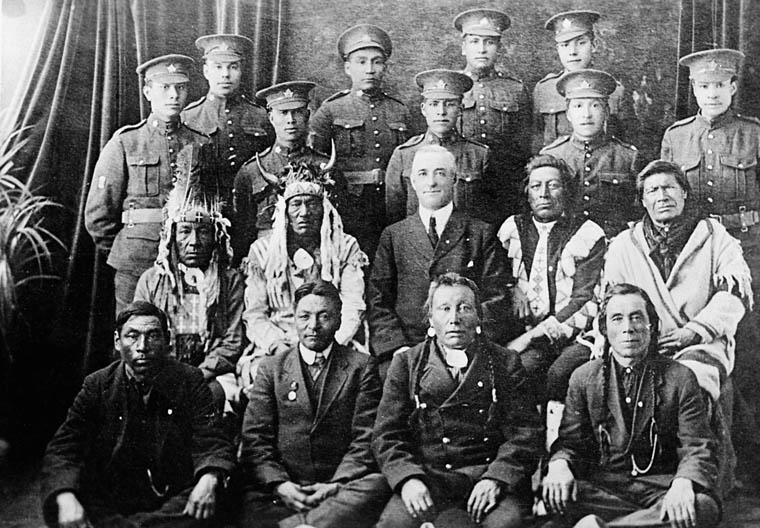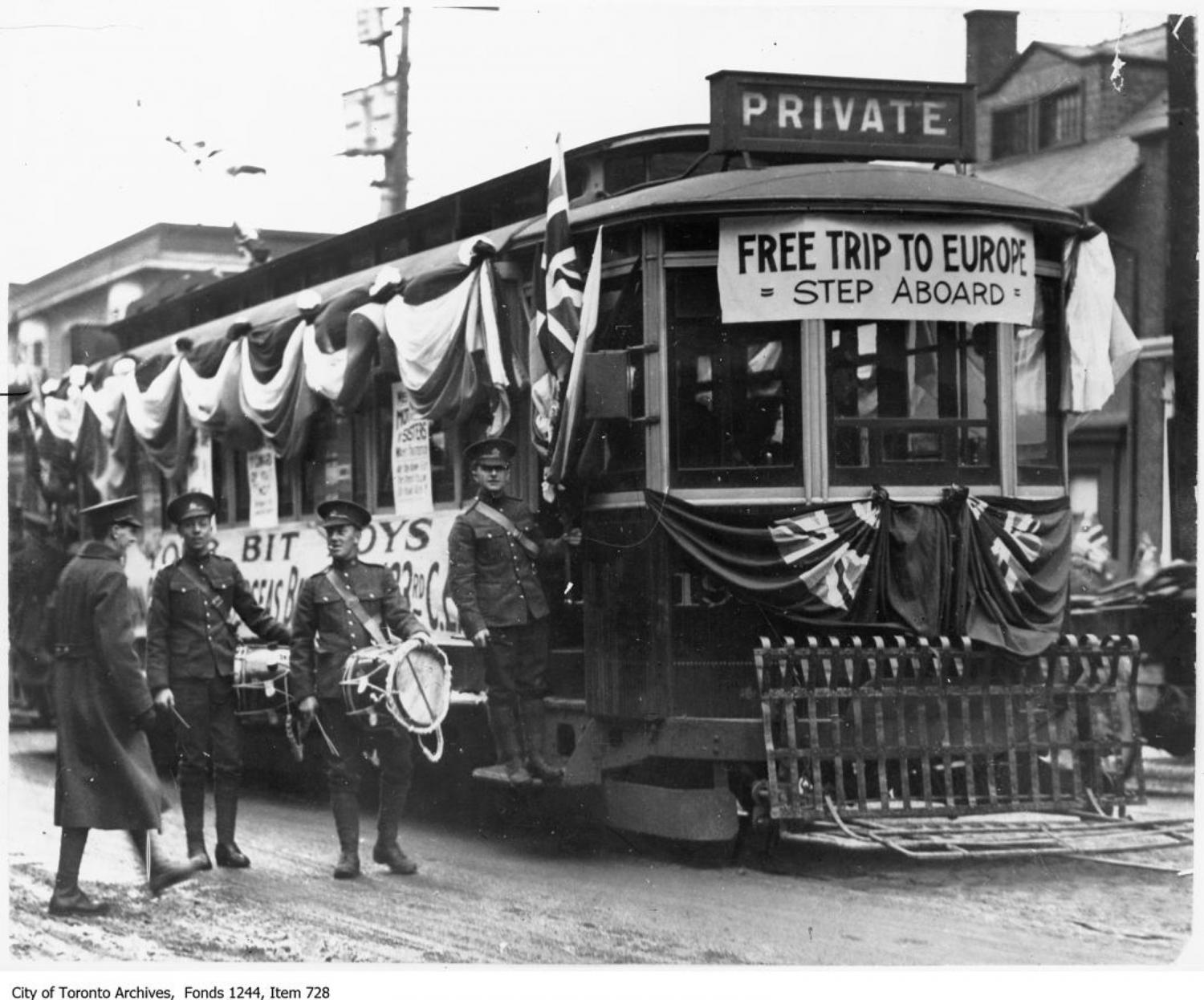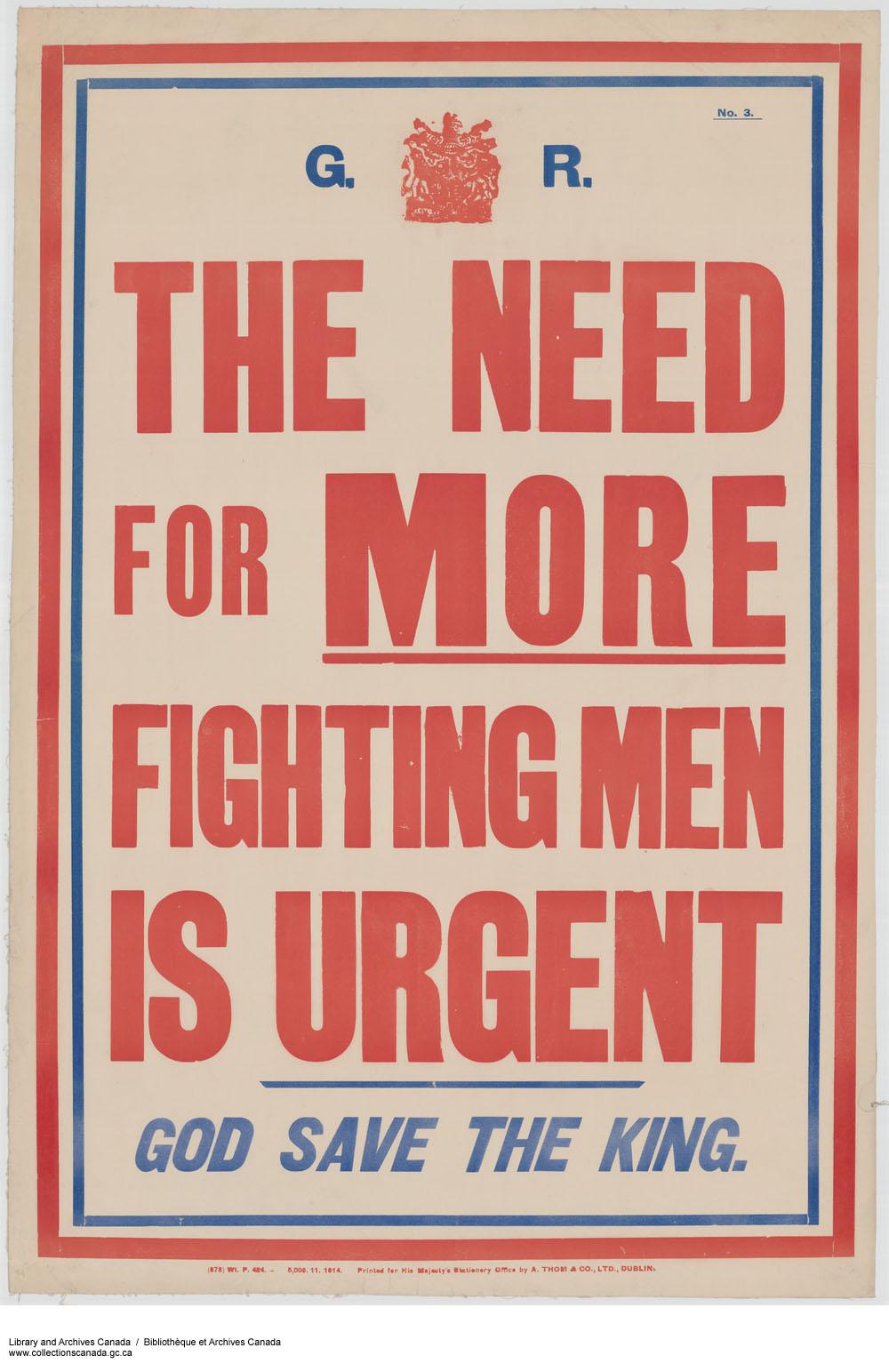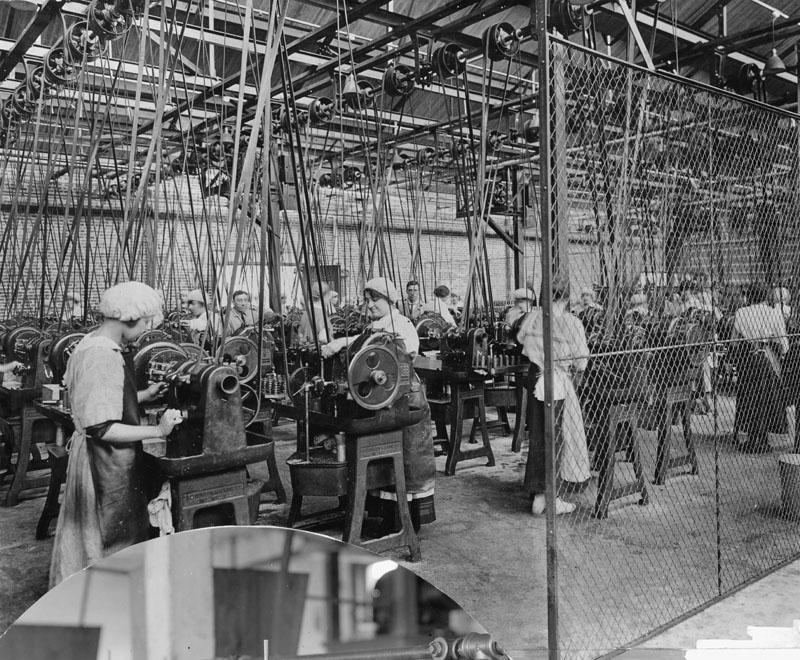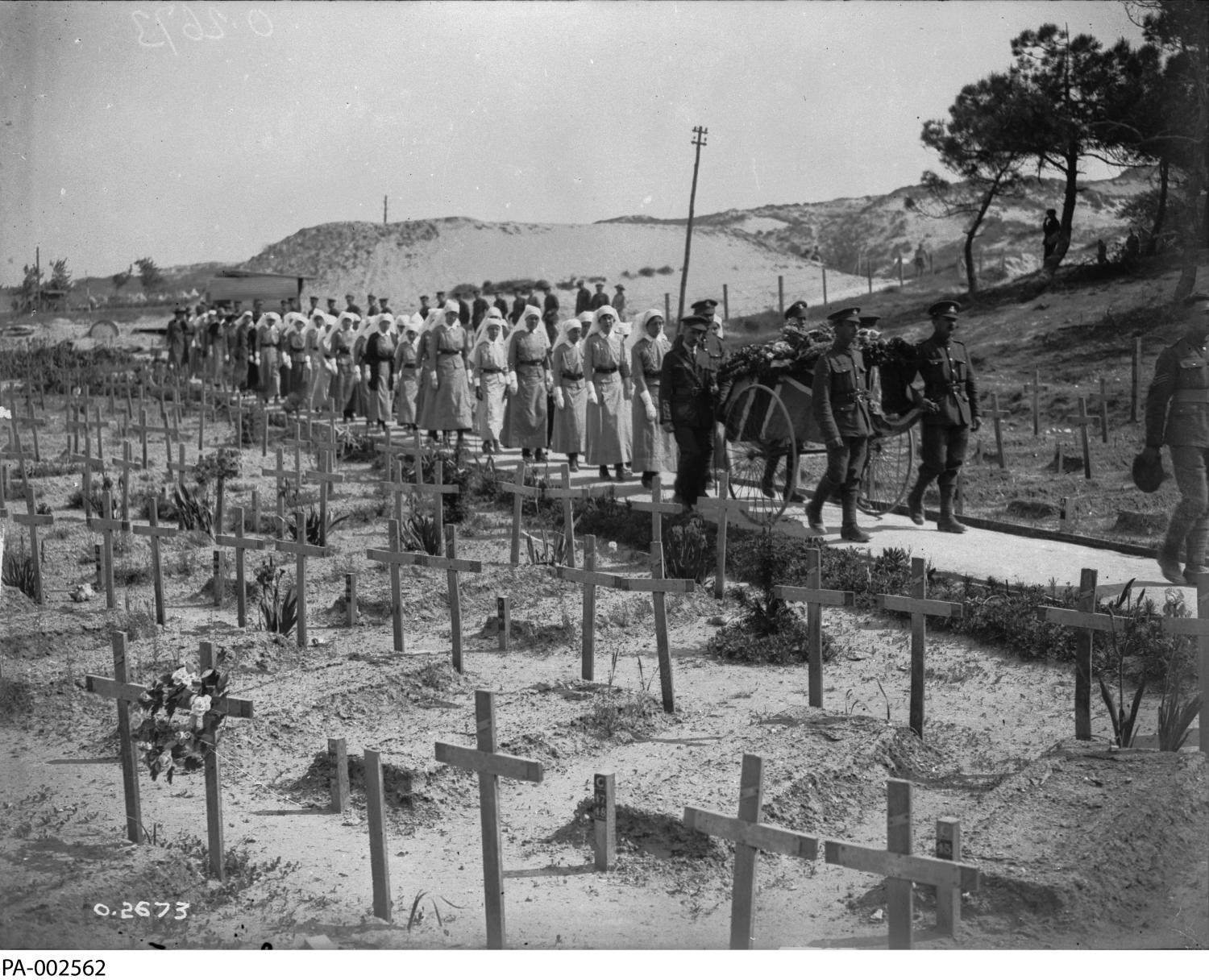The First World War
Conflict overseas comes to transform B.C.
Date: 1914
On June 28, 1914, a Serbian nationalist shot and killed Archduke Franz Ferdinand of the Austro-Hungarian Empire. Years prior, the large empire had annexed a chunk of the Balkans — the region containing present-day Serbia and Bosnia and Herzegovina. A swelling sense of nationalism had emerged in the Balkans, the "powder keg of Europe." It threatened the tenuous peace the continent's powers had achieved through a patchwork of royal marriages and alliances. Following Ferdinand's death, these same alliances quickly plunged Europe, including Great Britain, into a large-scale war.
And as a member of the vast British Empire, that meant Canada was now embroiled, too.
Initially, Canadians were enthusiastic about the new war, which everyone assumed would be short-lived. This support was perhaps strongest in British Columbia, where two-thirds of the population was either British by birth or lineage. And while this connection inspired patriotism and a sense of civic duty among Britons, men of all backgrounds volunteered, including those of Indigenous descent. In total, 55,570 British Columbians served in the war. B.C. had the highest per-capita volunteer rate among all provinces in Canada.
The war turned out to be long and bloody. After three years of combat and still no end in sight, the need for more men led to national conscription. In May 1917, the federal government drafted 7,000 men from British Columbia — but only "those who could be spared." That stipulation quickly disappeared. The following month, all adult men over 16 were required to register to fight; those who disobeyed the order couldn't work, buy a meal, or even get a train ticket.
Despite the draft, the war proved an economic boon for the province. The newly-completed Panama Canal had made export to Europe much easier and efficient; no longer would ships have to round the tip of South America. As a result, B.C. became a valuable source for several raw materials, from Sitka spruce used to build trenches and airplanes to tinned salmon to feed the troops. Within eight years, the number of logging companies operating in B.C. had more than tripled. In 1910, there were 40. By 1918, that number had soared to 140. Meanwhile, exports of copper and zinc grew threefold and sevenfold, respectively. Demand for copper alone was bringing in $18 million per year.
B.C. also benefited from advances in weaponry. Submarines and ships, hallmarks of the new modern warfare, were built on the docks of Victoria and Vancouver. The province was now flush with resource and manufacturing jobs. And with so many men off to war, women often stepped up to fill the labour gaps. During four years of war, the value of B.C.'s industrial output almost tripled, from $150 million in 1914 to $400 million in 1918. The spike in wealth would, in turn, hasten the urbanization of areas around Vancouver and Victoria.
The war may have birthed a booming economy, but even thousands of kilometres from the frontlines, the province couldn't escape tragedy. Across Canada, the government filled internment camps with so-called "enemy aliens," people of Austro-Hungarian origin. Ukrainians represented the bulk of internees, but Germans, Turks and Bulgarians were also rounded up, as well as some conscientious objectors, political radicals and even homeless people.
And by the end of the war, 6,000 British Columbians had died. The toll was enormous, shaking the foundations of smaller communities, some even relegated to ghost towns.
Incited by assassination and inflamed by a tangle of alliances, the Great War was a product of the old-world order; the world that emerged at war's end would be a remarkably different one. British Columbia, too, had changed tremendously — and the ramifications would be felt for decades to come.
Sources:
1. Barman, Jean. The West beyond the West: a History of British Columbia. University of Toronto Press, 2007.
2. British Columbia Remembers the Great War. Royal B.C. Museum, learning.royalbcmuseum.bc.ca/pathways/british-columbia-remembers-the-great-war/.
3. Hume, Stephen. B.C. Streets Filled with Patriotism, Then Flooded like Rivers of Grief as First World War Began. The Vancouver Sun, 31 July 2014, vancouversun.com/News/bc-streets-filled-with-patriotism-then-flooded-like-rivers-of-grief-as-first-world-war-began-with-photos/wcm/9a224c8d-e8d6-40d3-9bbc-235157626321/.
4. The Legislative Assembly Remembers the First World War: 1914-1918. Legislative Assembly of British Columbia, www.leg.bc.ca/content-peo/Learning-Resources/BC-Legislative-Assembly-Vimy-Ridge-Display-Panels-1-2-English.pdf.
5. Lewis Robinson, J. British Columbia. The Canadian Encyclopedia, 18 Nov. 2010, www.thecanadianencyclopedia.ca/en/article/british-columbia.
6. “Military Service Bill 1917.” Canada: A Country by Consent, West/Dunn Productions, 2011, www.canadahistoryproject.ca/1914/1914-09-military-service-bill.html.
7. Roy, Patricia E. Internment in Canada. The Canadian Encyclopedia, 11 June 2020, www.thecanadianencyclopedia.ca/en/article/internment.
8. Sharp, Esther. The Great War and the Home Front: Reportage from the Ladysmith Chronicle. British Columbia History, Fall 2018, www.ladysmithhistoricalsociety.ca/the-great-war-and-the-home-front-by-esther-sharp/.
